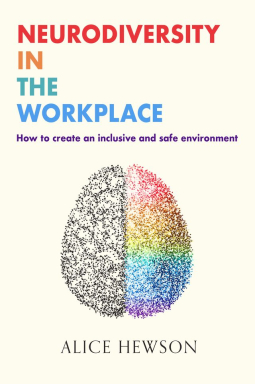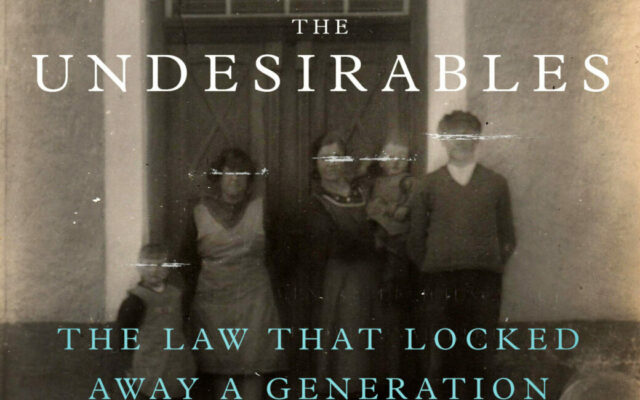Sexuality and Relationships
“A textbook of choice on this subject for many years to come”
Review by Andrew Holman
Sexuality and Relationships in the lives of people with intellectual disabilities
Standing in my shoes
Editors Rohhss Chapman, Sue Ledger and Louise Townson with
Daniel Docherty
ISBN 978-1-84905-250-4
Price £25
With 23 chapters and a healthy appendix, this is a tome and a half. What a labour of love it must have been to collect all these stories and people’s views from home and abroad. The editors have gone to a lot of trouble to include contributions from people with learning disabilities.
Although the first chapters are disconcertingIy devoted to international subjects, to which I will refer later, the book works well as a reference aid as you can dip into the subjects you want to find out more about.
What quickly becomes clear is that Chapman et al are not giving us any easy answers. Laws and policies come and go, each having their place in time. The chapters carefully remind us of those previous times, putting them into context and helpfully giving us the good and bad sides.
For instance, they document the introduction of modern policies and procedures in services that should have enabled and supported people’s rights to a relationship but which, when enacted, actually have had a more restrictive effect!
The stories and experiences, thoughts and memories of people who use services, as well as the staff who worked in them, have been well researched giving us a useful and readable historical perspective. It confirmed my view that the current need to safeguard can easily gain a greater precedence over rights to a relationship. It’s far easier to just restrict people than enable them without taking account of the emotional damage they suffer.
The editors repeatedly highlight the issue of protection and safety versus rights to a sex life and how difficult it is to enshrine both in any law. It’s clear that capacity gets in the way of people’s understanding of what to ‘allow’, as well as adding a necessary tool to enable prosecution when needed.
As one would expect from these authors, the issues of equality and diversity are included. It’s good to be reminded of the discrimination people still face, whether because of ethnicity or the extra difficulties some have when addressing transgender or gay rights. It is a pity they didn’t include any information about forced marriage or female genital mutilation, but then you can only work with the stories you have and I can see how difficult it is getting this kind of evidence.
And finally to the international chapters. I shall be returning to read these properly after this publication deadline as there is a wealth of information in them. What is clear is that we are not the only country who see people with learning disabilities as either asexual or sexually prolific and therefore liable to be abusers! That is such an odd paradox when the reality is that people with learning disabilities are no different from and want nothing more that the rest of the population. But it fits our needs as parents, carers, professionals and policy makers. People’s stories from around the world also remind us of the role religion has to play in this, from influencing laws and policy to restrictions in sex education.
It is depressing that we are talking about the same issues people raised as important in the 70s and 80s. It is sad the work over those decades needs to be constantly reinvented on small scales that make a difference for some but leave so many untouched.
The chapters all start with conversation pieces from the editors. These insights make incredibly useful reading. Add to that a book that is very well referenced and you have a volume that will be the textbook of choice on this subject for many years to come.




